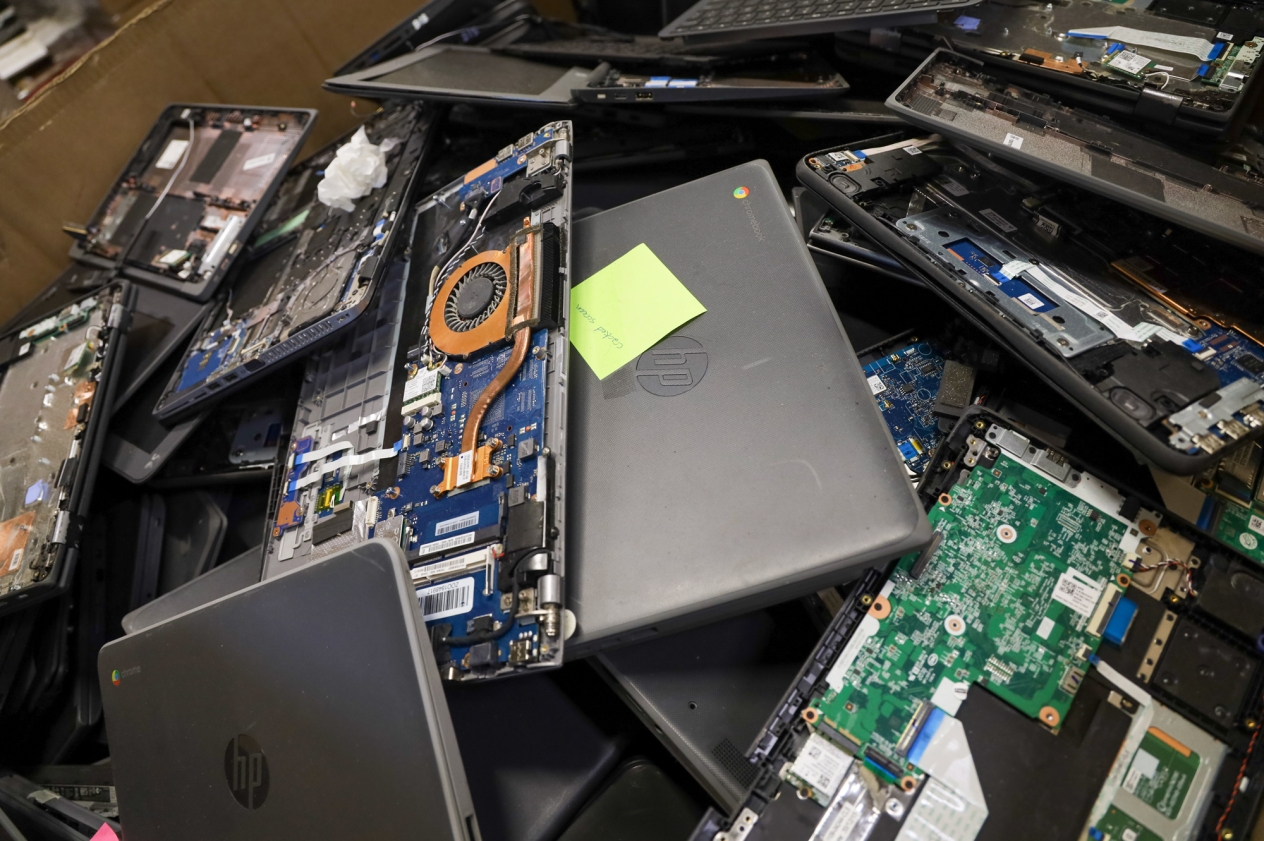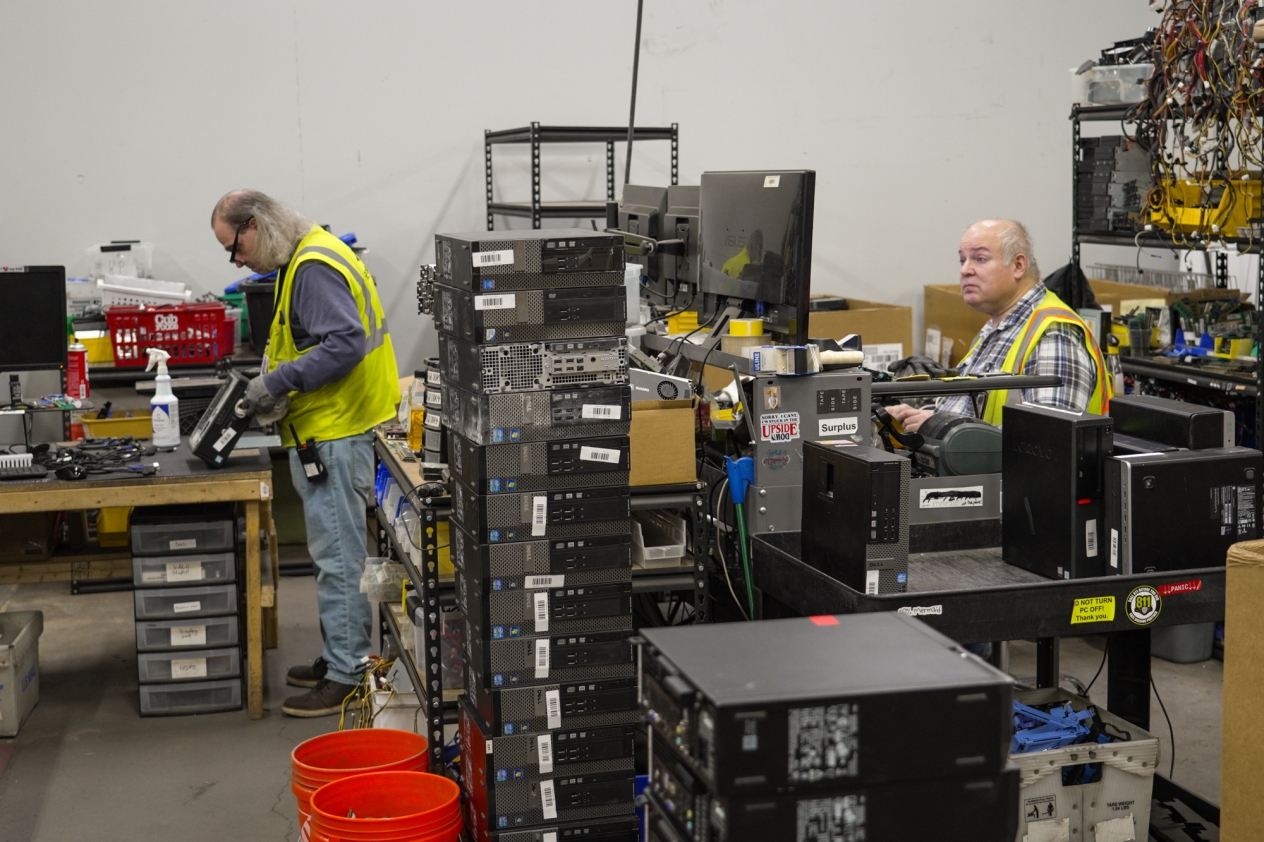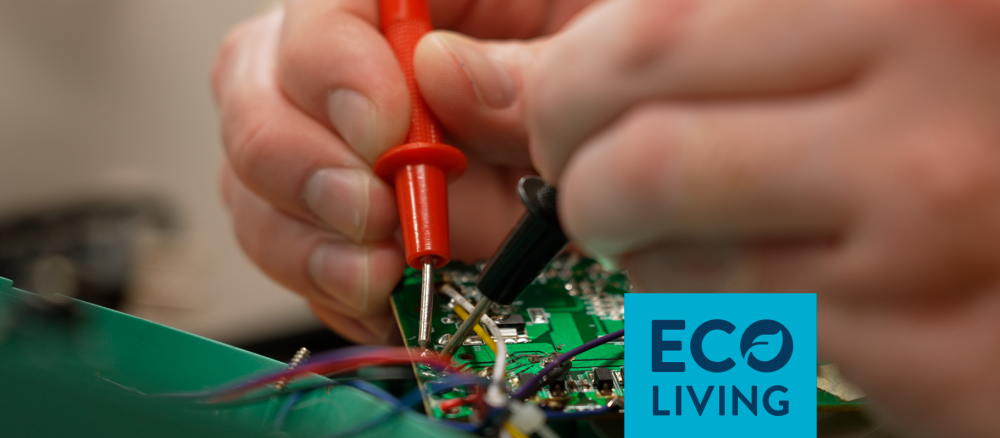The Digital Fair Repair Act went into effect in July
Things break, it’s a fact of life. Phones get slipperier the higher they go. Laptops turn into fancy bricks overnight. Fridges stop fridgin’.
As our expensive devices and appliances become more complex, they also introduce more ways to break. Fixing them has also become more expensive, if not downright impossible, leaving many with no alternative but to buy a new device and trash the old one. One survey of local repair shops found that they couldn’t fix 86% of electronics they saw because they couldn’t access the necessary parts, tools, code, or manuals.
To keep those broken devices out of landfills and to save Minnesotans some money, the state enacted the Digital Fair Repair Act, one of the most comprehensive right-to-repair bills in the country, on July 1, 2024. The best part is you don’t need to be a do-it-yourselfer to take advantage of it.
What is the Digital Fair Repair Act?
Intended to reduce the demand for new phones and decrease electronic waste by making it easier for Minnesotans to repair and maintain their current devices, the Digital Fair Repair Act requires manufacturers of certain devices and appliances — anything that relies on electronics to function — to make parts, tools, and documentation available to repair shops and to individuals. The MPCA supported the bill, and Gov. Tim Walz signed the bill into law in 2023.

Currently, Minnesotans generate about 50,000 tons of mixed electronics waste every year, and less than 20% of it gets recycled. That’s problematic not only because this e-waste goes to our bursting landfills and can contaminate groundwater but also because electronics manufacturing is resource intensive. As Annika Bergen, a product stewardship policy specialist with the MPCA, pointed out, almost 80% of the greenhouse gas emissions associated with a smartphone over its entire lifetime occur before a customer turns that phone on for the first time.
“Repair is a critical part of reducing the impacts of our electronic devices,” Bergen says. “It’s considered reuse in the waste hierarchy and is environmentally preferable over recycling.”
The law doesn’t cover gaming devices, power tools, lawn and garden equipment, cars, medical equipment, or farm equipment, however, and only applies to electronics or appliances sold on or after July 1, 2021. Bergen said the Minnesota Fair Repair Coalition, which championed the original Digital Fair Repair Act, aims to remove some of the exemptions added in the law and to pass legislation guaranteeing a right to repair for farm equipment.
How do I get started?
Some people already have the skills to repair their own electronics and appliances, and Bergen recommends that they cite the Digital Fair Repair Act’s guarantees to parts, tools, and manuals when contacting the manufacturer to obtain those items.
“Be persistent and continue to follow-up if they initially say that you can’t have access to those items,” she says.

For anybody who wants to develop those skills, she suggests attending a local fix-it clinic or looking for online tutorials like iFixit, an online source for tutorials, parts, and specialized tools that has been active in the right-to-repair movement.
Most people, however, will want to trust their broken electronics or appliances to a repair shop, and Bergen says the law will make that easier too.
“This new law will expand what repairs they can make for you,” she says. “That’s good for boosting the local economy and creating jobs.”
The amount of easily repairable electronics we toss out in the United States could create and sustain an estimated 345,000 jobs for skilled repair workers — jobs that are hard to offshore and that will create more opportunities for people in rural areas and people of color, according to Bergen.
“People in Greater Minnesota communities often have to drive to the Twin Cities to address electronics issues that could be done with the establishment of local, independent repair shops,” she says.
What if I can’t get parts?
If a manufacturer of electronics or appliances refuses to provide parts, tools, or documentation that the Digital Fair Repair Act says they should, there is recourse: The Minnesota Attorney General’s office has the authority to investigate and enforce violations of the law.
“It’s important that people start filing complaints with the attorney general’s office when they encounter barriers to access,” Bergen says. “Filing complaints places pressure on manufacturers to comply and to know that people are aware and supportive of this new law.”
Complaints can be filed using the attorney general’s online consumer assistance request form or antitrust report form. Complaints should include information about the product that the manufacturer refuses to help fix and screenshots of exchanges with that manufacturer. Companies that don’t comply with the law could face fines of $25,000 per violation.
Finally, Bergen suggested that anybody who wants to get more involved with the right-to-repair movement check out both national organizations like Repair.org and more local groups like Reuse Minnesota.
“The longer our devices and appliances can remain in use, the better,” she says.
